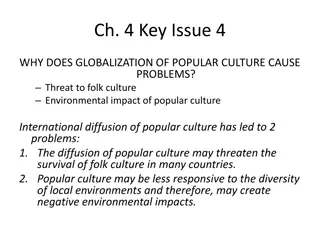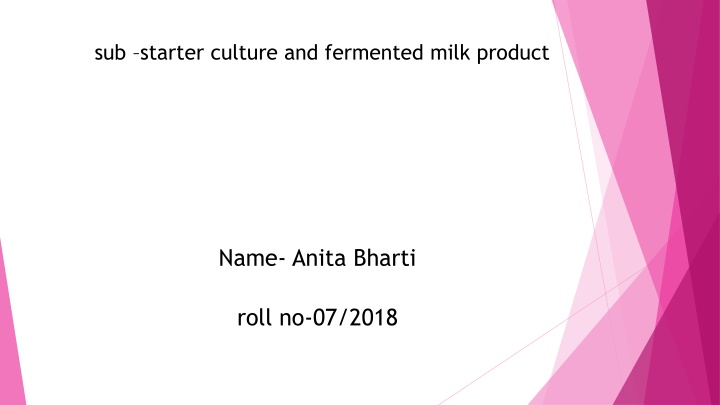
Starter Cultures in Fermented Milk Products
Explore the role of starter cultures in fermentation, including single strain, paired compatible strain, mixed strain, and multiple mixed strain approaches. Learn about the types of microorganisms used in starters and their impact on dairy product quality.
Download Presentation

Please find below an Image/Link to download the presentation.
The content on the website is provided AS IS for your information and personal use only. It may not be sold, licensed, or shared on other websites without obtaining consent from the author. If you encounter any issues during the download, it is possible that the publisher has removed the file from their server.
You are allowed to download the files provided on this website for personal or commercial use, subject to the condition that they are used lawfully. All files are the property of their respective owners.
The content on the website is provided AS IS for your information and personal use only. It may not be sold, licensed, or shared on other websites without obtaining consent from the author.
E N D
Presentation Transcript
sub starter culture and fermented milk product Name- Anita Bharti roll no-07/2018
STARTER CULTURES DEFINATION A starter culture is a microbiological culture which actually performs fermentation. These starters usually consist of a cultivation medium, such as grains, seeds, or nutrient liquids that have been well colonized by the microorganisms used for the fermentation.
Typical microorganisms used in starters include various bacteria and fungi (yeasts and molds): Rhizopus, Aspergillus, Mucor, Amylomyces, Endomycopsis, Saccharomyces, Hansenula anomala, Lactobacillus, Acetobacter, etc. Various national cultures have various active ingredients in starters, and often involve mixed microflora.
CLASSIFICATION F STARTER CULTURE
Single strain Always used as a single organism in the preparation of dahi or cheese . One problem will be sudden failure of starter due to bacteriophage attack which leads to heavy loss to the industry
PAIRED COMPATIBLE STRAIN Two strain of cultures having complementary activity known portion are used . This will reduce change of culture failure Bacteriophage attack only one type of organism will affect and other organism will carry out the fermentation without any problem
re MIXED STRAIN - than two More organism which have diffent characteristic like acid production ,flavour production etc . In this strain unknown proportion are used MULTIPLE MIXED STRAIN - used . more than two strain known proportion are The quality and behaviour of strain predictable such as curd ,cheese


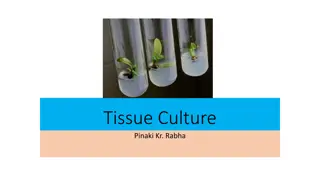

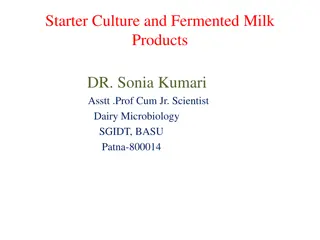





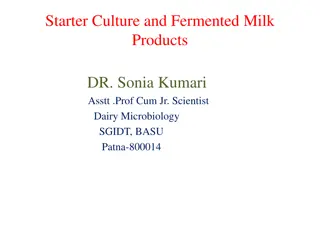


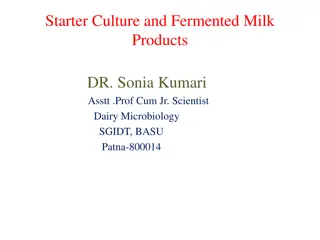

![USA Swimming and [Insert LSC Here] Starter Clinic Overview](/thumb/162824/usa-swimming-and-insert-lsc-here-starter-clinic-overview.jpg)





